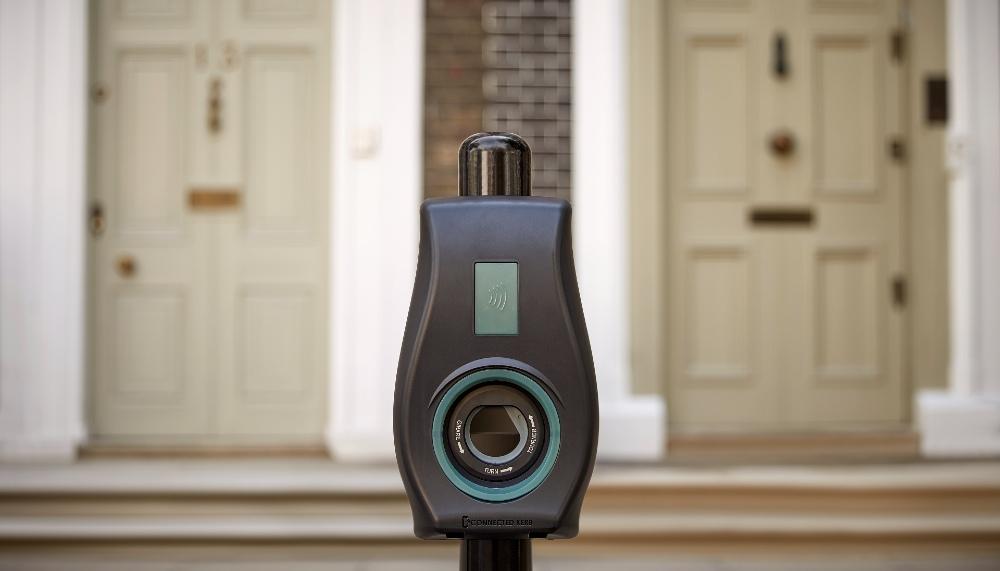UK-based electric vehicle (EV) infrastructure specialist Connected Kerb has today announced it has been selected to deliver on-street EV chargers for a project in New York. The aim of the project is to demonstrate how public access to EV charging can boost EV ownership amongst the 50% of residents that park their cars on-street.
This project forms part of the DOT Studio – a collaboration between the New York City Department of Transportation (NYC DOT) and Newlab, focused on applying emerging technologies to advance planning, policy, operations, and real-time management of transportation across New York City in line with the City’s Vision Zero and sustainability goals.
The findings from the pilot will inform wider EV charging rollouts across New York City, helping to realise its goal of installing 10,000 curbside chargers by 2030, and electrifying 20% of municipal parking bays by 2025.
“There are around two million light duty vehicles in New York City, accounting for 80% of transport emissions,” said Steve Richardson and Nick Dobie, Co-Founders of Connected Kerb.
“New York City DOT has established ambitious goals to eliminate these emissions by boosting electric vehicle adoption, and The DOT Studio project will provide crucial a blueprint for how to deliver world-leading charging infrastructure to support that goal – supercharging EV uptake, cutting emissions and improving public health.”
Connected Kerb will receive funding to install its EV charging points and is currently exploring locations at the Brooklyn Navy Yard to deliver a ‘living lab’ that will demonstrate Connected Kerb’s ‘smart city’ infrastructure. This involves using the company’s the chargers – which also support a number of Internet of Things and telecommunication applications – to showcase how the EV revolution can support the rollout of other cutting-edge public access technology in urban environments.
Pilot planning and design is underway now, with the goal of launching by fall 2022.
EV ownership in New York is rapidly expanding thanks to a greater choice of vehicles and improved technology. In 2021, around 15,000 EVs were registered in the city, with over 5,000 of these sold in 2020 alone. The Biden Administration is also targeting 50% of all new vehicle sales to be electric across the U.S. by 2030.

Findings from the pilot will inform wider EV charging rollouts across New York City.
The pilot is part of DOT’s ambition to steer the EV charging market before there is enough EV demand for the private sector to take over fully. This will be critical to ensuring that chargers are distributed equitably around the city, rather than concentrated in high-income areas.
“Enabling greater EV adoption is critical to achieving New York City’s net zero goals, and we are pleased to collaborate with NYC DOT and Connected Kerb through the DOT Studio to help realize the vision for a more sustainable, resilient and equitable city,” said Shaina Horowitz, VP of Product and Programs at Newlab.
“We expect the pilot to provide invaluable data on how to most effectively deploy EV charging infrastructure in densely populated areas and make scalable EV use possible, with potential implications for both NYC and cities around the world.”
Three chargepoint providers – Connected Kerb, char.gy, and Voltpost – are participating and collaborating in the project.
Connected Kerb was selected for the project in June 2022, due to the flexibility of its charger infrastructure, which is often integrated into street furniture such as bollards, as well as the capability to integrate other smart technologies, such as 5G, Internet of Things and air quality sensors, to demonstrate how EV charging can be integrated with other critical smart infrastructure rollouts required in urban areas.
The power infrastructure of Connected Kerb’s chargers is also installed below ground, offering a longer lifespan by protecting critical infrastructure, and enabling the company to add more plug sockets above ground as demand grows in future.



